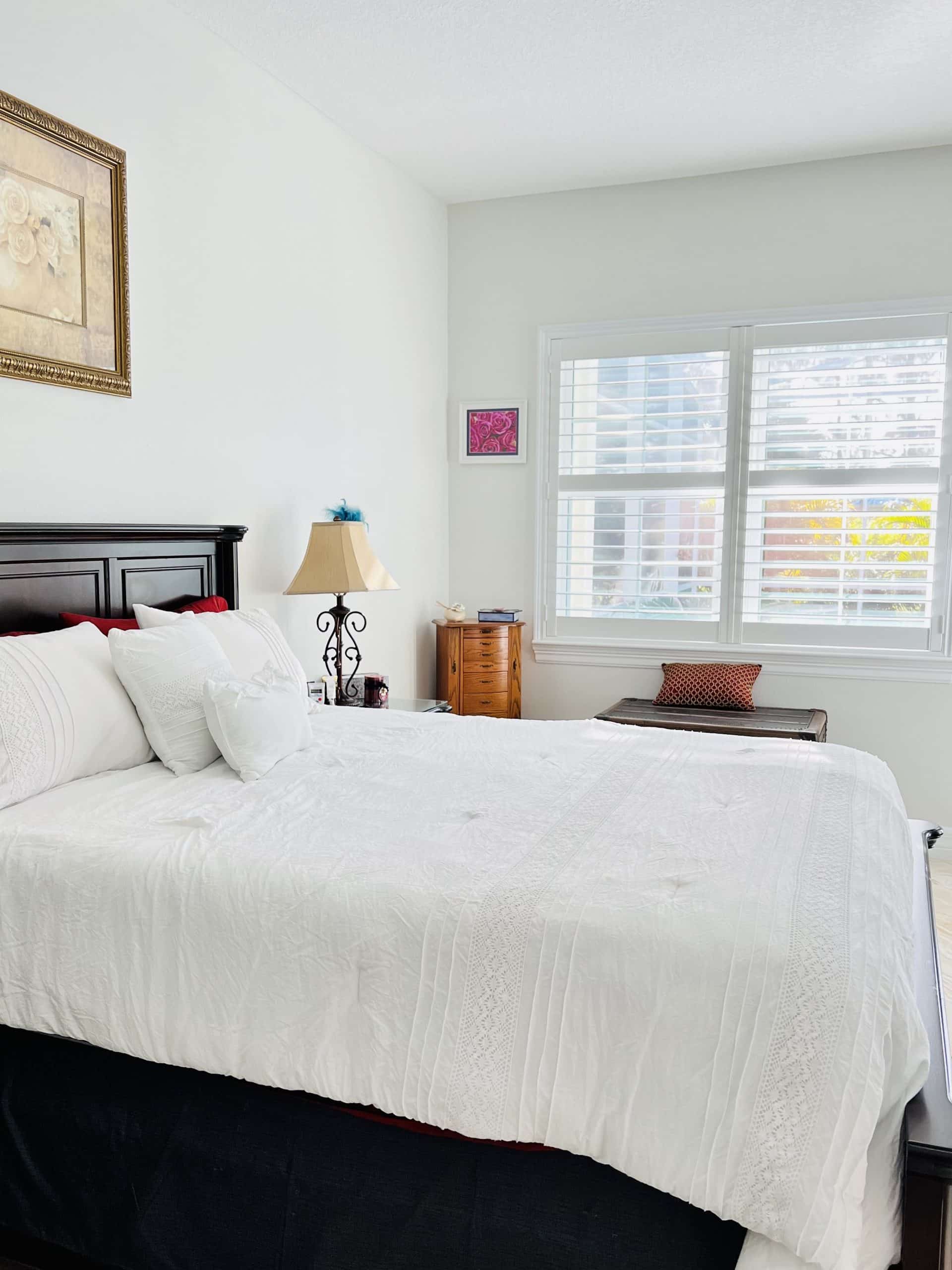
Hybrid rental model
The hybrid rental model helps maximise returns in Off Peak
A Hybrid Rental Model for Your Airbnb Property
For Airbnb owners, a hybrid model involves mixing short-term vacation stays with longer-term rentals.
Firstly, in NSW the state government limits you to 180 short terms rental nights per year for stays in non-hosted properties of less than 21 days.
Even if such caps don’t exist, offering long-term rental options during the tourist low season can help you avoid extended vacancy periods, earning you income during the slower months when your property would otherwise be empty.
Regardless of the nuances of the local market and city or state legal requirements, the goal of a hybrid rental model for an Airbnb property is always the same: to get as close as possible to 100% occupancy by mixing short and longer-term bookings.


What Are the Different Lengths of Stays in a Hybrid Rental Model?
The hybrid rental model divides stays into two or three different categories.
The definition of these categories depends on local regulations and the timeframes for the high and low seasons. In New South Wales, the Short-Term Rental Accommodation (STRA) rules put a 180-day-per-year cap on short-term stays (under 21 days). In this instance, short-term stays would be less than three weeks, and long-term ones would be 21 days or more. However, the lengths of stay for each category can vary and can depend on localised demand, special events, and other factors.
Short-term rentals can last for a few nights up to two or three weeks. These short-term guests may choose to stay in an Airbnb because they want features not offered in a hotel, such as a private entrance, a kitchen, or a larger living space. However, if Airbnbs aren’t available, their stay would be brief enough that a hotel would be a viable alternative.
For property owners, the primary benefit of short-term stays is that they bring the maximum amount of revenue. You can charge full price on a per-night basis. With a good occupancy rate, you will earn more from per-night stays than longer-term visits or month-by-month leases.
Long-term rentals are for several weeks up to six months. If the peak season for short-term rentals is briefer, a long-term stay could be up to nine months. Long-term guests may be on an extended vacation or visiting town to see family or interview for jobs. They don’t want to commit to a standard lease, and, perhaps, they want extra services, such as cleaning, offered by some Airbnb hosts.
For property owners, the main benefit of long-term guests is the guarantee of occupancy. During the low season, demand for short-term vacation rentals will be low, so you will earn more overall with a long-term guest, even if they pay a lower rate per day than short-term guests.
Some hybrid rental models make a distinction between mid-term and long-term stays, with mid-term guests remaining for three weeks up to three months and long-term customers staying for three to six months. This distinction could be useful if you are deciding whether or not to try to book one guest for the entire off-season or focus on finding multiple visitors who will each stay for three or more weeks during off-peak months.
How to Design a Hybrid Rental Model
Short-term vacation rentals bring a higher per-night rate, and long-term guests guarantee income and negate the worry of fluctuating occupancy rates. A hybrid model seeks to combine the best of both categories.
How do you decide when to offer short-term rentals and when to switch to longer-term stays?
If you are an experienced Airbnb owner, you will likely know when the high and low seasons are in your area. You can adjust your listing accordingly to offer long-term stays during the off-peak months.
If you aren’t sure, you can look at hospitality data. For example, NSW publishes quarterly information about hotel occupancy rates. You can see booking trends and define low and high seasons for travellers.
If you partner with an Airbnb property management company, they will likely have extensive data about occupancy rates and be able to time long and short-term offerings down to the week or month.
You should also account for holidays, local festival, sporting events, and other high-demand times that could occur during the low season. If there is significant demand for short-term rentals during this time, you can make the dates a part of your short-term calendar. Keep in mind that some of these events, such as a championship match or concert, will bring local demand to places near the venue, but the demand will not be city-wide.
Take local regulations into account. If you are in NSW in an area subject to STRA laws, you will need to limit short-term bookings to 180 days. You will need to use data, experience, and insights from professional Airbnb managers to find the 180 days with the highest chance for occupancy at premium rates.


Who Are Long-Term Renters?
If you are considering a hybrid rental model for your vacation rental, you may wonder if there is demand for long-term stays without a traditional month-by-by month lease.
There are plenty of reasons why someone would rent your Airbnb property for a month or longer.
Perhaps they have sold their home and are waiting to move into a new one.
Maybe they are visiting family or friends in Sydney from overseas and need a place to stay for two or three months.
Homeowners performing renovations or needing major repairs because of storm damage could also need a place to stay for several months.
Professionals relocating for a job could also need accommodations while they get settled in their new city.
There are plenty of other scenarios where someone would need to rent your property for up to six months of the year.
The point is that with a well-planned hybrid rental model, you can abide by local regulations and meet peak season demand without compromising your business or losing profits.





